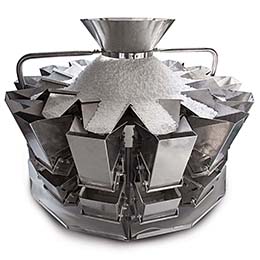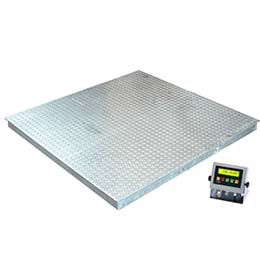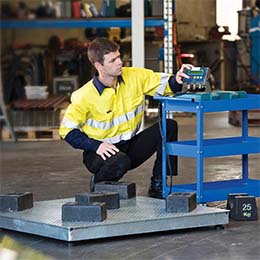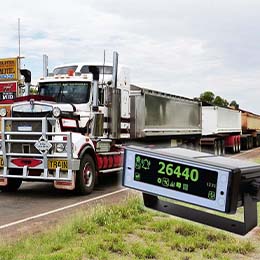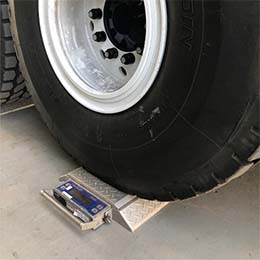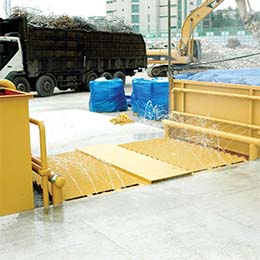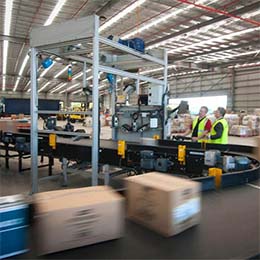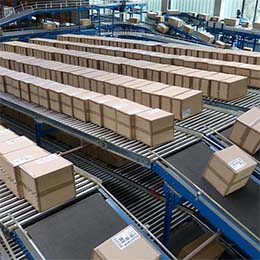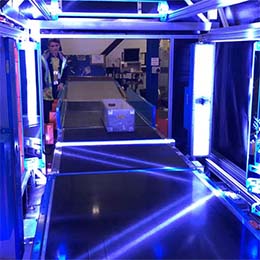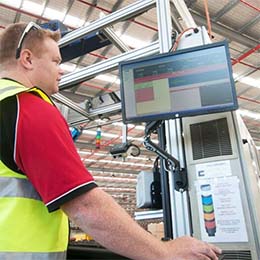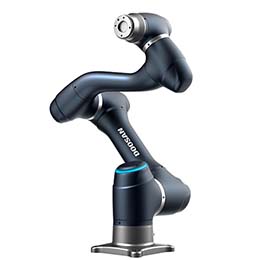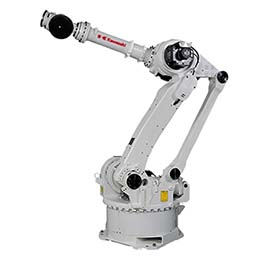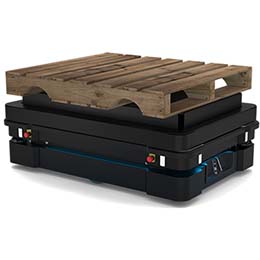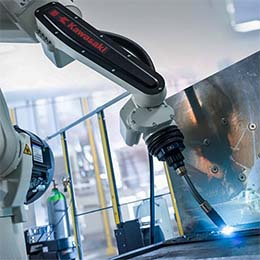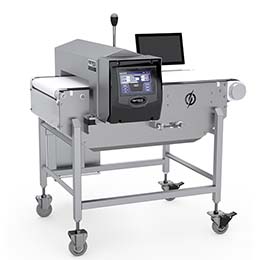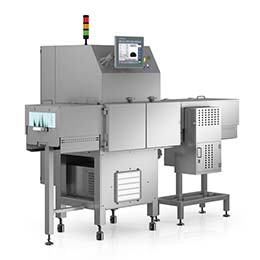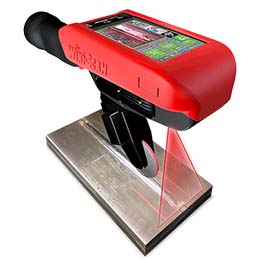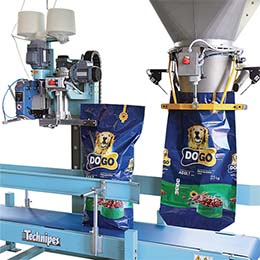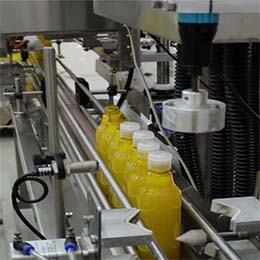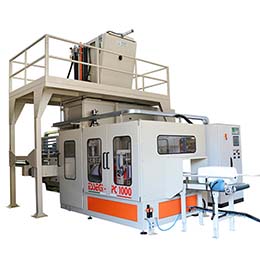The wrong choice of laboratory equipment can scupper the efforts of even the brightest scientific minds in the world, so when it comes to choosing precision balances, it’s critical to be absolutely clear on what the equipment is to be used for, how it will be used and what the expectations are.
Many other things also need to be considered including the type and amount of materials involved as well as the physical environment that the instrument will be placed in, the frequency of use and how the balance will be maintained.
For example, some instruments may need to be water-resistant or be able to withstand dusty operating conditions or cross-contamination risks whilst other factors such as legal-for-trade certification and regulatory requirements may also come into play. When choosing laboratory equipment, it is crucial to have all the answers upfront to avoid making costly purchasing decisions.
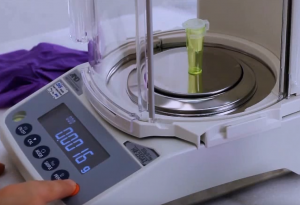
Naturally, accuracy and precision are two non-negotiables when it comes to laboratory balances but what many people don’t realise is that these two terms relate to two different things.
Accuracy refers to the ability of the scale to produce results that are as close as possible to the actual (true) value. Because absolute accuracy cannot be achieved, it is accepted that all measuring devices will have some degree of measurement uncertainty but it’s the ability of the instrument to get as close to the real value as possible that matters most.
Precision isn’t the same as accuracy. Precision is the amount of ‘sameness’ between repeated measurements of the same quantity under the same conditions and is also often referred to as ‘repeatability’. A precise scale will give the same reading multiple times when weighing the same item, but even though the same result is recorded repeatedly, that doesn’t mean that the actual value is accurate. For example, when a laboratory balance weighs an item at 0.53 grams four times in a row, it indicates that the instrument is very precise but if that item weighed only 0.49 grams, it isn’t accurate.
Neither is more important than the other, and both accuracy and precision are key factors in choosing laboratory weighing equipment.
Other key specifications when choosing weighing products are capacity and reproducibility (the ability of an instrument to accurately replicate values when the measurements are taken by someone else, as opposed to repeatability which refers to the scale’s ability to show consistent results when a single person uses the equipment on the same mass under the same conditions).
The choice of laboratory balance will also depend on the capabilities of the various types of instrument and the function that they are required to perform.
Here are some of the available types of laboratory weighing equipment:
- top-loading balances
- analytical balances (for extremely precise, high accuracy weighing)
- precision balances (for precise and accurate weighing of capacities up to 6kg))
- high capacity precision balances (small scale intervals and superb accuracy to high capacities up to 100kgs)
- microbalances (lightweight and small enough to fit in a pocket)
- moisture balances (for extremely high accuracy in determining moisture content of samples)
- compact balances (for general accuracy where portability and cost-effectiveness are the principal requirements)
- portable balances
Another key question to ask when choosing an instrument is how it will be maintained to ensure confidence in its ability to produce accurate as well as precise results.
It’s important to choose a supplier that will help you make an educated and carefully considered buying decision – and which has the ability to install, test, calibrate, certify and service your equipment quickly and efficiently if required.
If you are serious about the accuracy, precision, performance, suitability and value-for-money of your laboratory balances, talk to the professionals at Diverseco.



